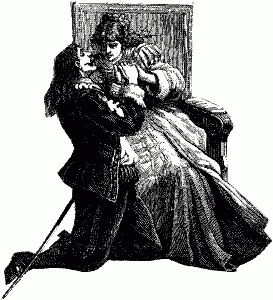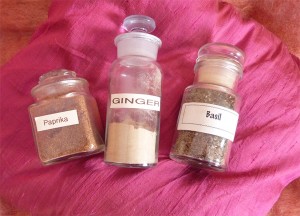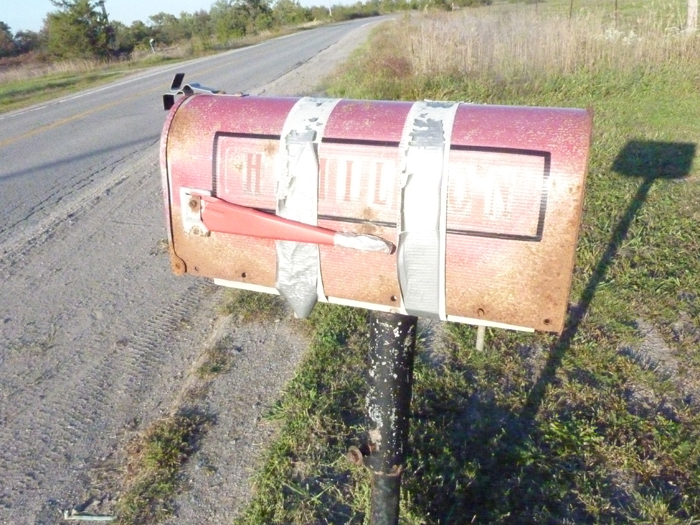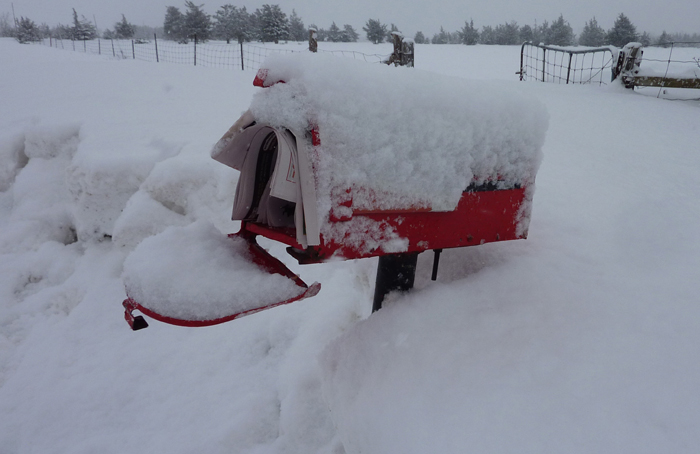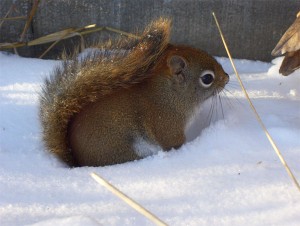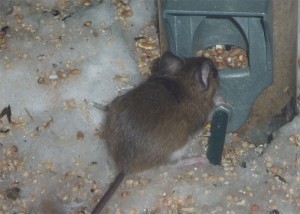Ever wonder about those odd gaps in Main Street, that old barn without a house nearby, that row of foundation stones sticking forlornly out of the grass?
Think fire.
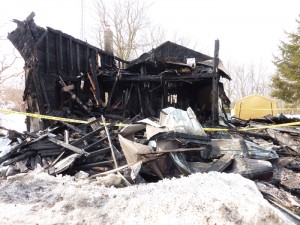 This week, during a blizzard, fire took out a house that has been part of our village street for probably the last hundred years. A small home with narrow ladder stairs and a roof pinching low over the upstairs rooms. Age and decades of trying to keep warm made it a tinderbox of old dry wood. Though almost next door to the fire trucks, fire gutted the place in a voracious inferno despite the best efforts of the volunteer firefighters rushing through the storm to deal with the emergency.
This week, during a blizzard, fire took out a house that has been part of our village street for probably the last hundred years. A small home with narrow ladder stairs and a roof pinching low over the upstairs rooms. Age and decades of trying to keep warm made it a tinderbox of old dry wood. Though almost next door to the fire trucks, fire gutted the place in a voracious inferno despite the best efforts of the volunteer firefighters rushing through the storm to deal with the emergency.
Such a loss is like a neighbour suddenly murdered. I walked past that house every day to school, played in the lane behind it with the youngsters who lived there, took shelter in its welcoming kitchen warmth when waiting for the high school bus. Everyone still creeps carefully past its ruffian lilac hedge which obscures traffic shooting up the hill beyond.
Since first settlement, fire has been a constant if arbitrary visitor, consuming a barn here, a house there, now fancying a mill, a crowded steamship, a tannery, a store, a tailor shop, a busy hotel. Fire is a rude, uninvited agent of change, wiping out history, forcing room for the new.
You would never know that on the empty patch of gravel directly across from this week’s casualty, once stood a splendid six storey mill, for a time the largest in the country. It burned spectacularly in 1905 in a conflagration seen for miles around. Or on that in the peaceful, grassy spot beside the nearby church, the lovely manse was also lost to fire. The lady who lived there claimed it was God’s punishment for getting a television. More likely a punishment for not getting her stove pipes cleaned often enough. Building after building has suffered this fate.
Remember the Great Fire of London? Or Chicago? Well just about every little town or village has also had its Great Fire. In my village, flames swept through one windy day around the turn of the last century, destroying most of the homes and businesses. The homeless moved away, businesses were never rebuilt, the population shrank to a hamlet barely mentioned on a map. A hundred years later, the place has not recovered. The same story goes for another village four miles down the road, once a thriving local port. But in 1921, fire destroyed 28 homes in a single night. Now you will miss what remains if you glance away while driving past.
With smoke alarms, fire safety regulations, modern heating methods and better firefighting, fires are much less frequent but no building is immune. In the old days it was chimney fires, kerosene lamps, tipped over lanterns and overheated stove pipes that were the culprits. Today it is electrical faults or overtaxed heaters.
Only last month, when the entire county was one vast, bitterly cold sheet of ice, a massive barn that been standing for 140 years burned to the ground with all the livestock in it. Volunteer fire trucks from miles around sped over treacherous roads to help out, battling to save the rest of the farm and hose down the giant bales of hay burning fiercely in their stack next door. Neighbours took in surviving animals, the small tank trucks raced back and forth for water refills, ice coated everything.
I am personally all too acquainted with fire.
My first encounter was when a gas lamp exploded beside my crib, flaming up the sides. My brave little mom, alone in a remote farmhouse, pulled me out, got a blanket and managed to beat down the blaze, all the while vainly ordering me not to follow her back into the smoke filled room. As if a terrified toddler would obey that one.
As a child, I watched a neighbour’s great wooden barn go up. Flames crackled eerily inside it. Then, as forcefully as an exploding bomb, they burst out in a giant, roaring fireball that engulfed the place. Anyone trying to rescue property would have been instantly incinerated. A seared-in-my-brain illustration of why one should never, ever run back into a burning building no matter how safe it looks.
When I was in high school, my farmhouse, the same one my mother had earlier saved, burned to its foundations when no one was at home. An oil stove was blamed for igniting a house that had survived candles, lamps and pot-bellied stoves since the 1870s. I’ll never forget getting off the school bus and blinking stupidly at the empty space here my house was supposed to stand. The one time in my life when I literally could not believe my eyes.
My parents moved to the house next door. Years later, a Sunday morning phone call informed me that that house, too, had caught fire on the coldest night of the winter. The local fire tanker, recently used to flood the outdoor rink, was only half full. Nevertheless, they got the fire out but the interior was a blackened, irretrievable mass of smoke and water damage. This time, the cause was the heat lamp turned on full to keep the washing machine lines from freezing. Only a shrieking smoke alarm saved my parents from dying in their bed. The pets never made it.
My modern house now sits on the site. Fire lives here too – at least all winter. I heat with wood and my wood stove glows, day and night, with cheery flames enclosed in a unit so advanced you can put your hand flat on the metal back and find it cool. My fire is a faithful friend, It keeps me warm on the most frigid nights and saves me from the shocking vagaries of heating oil, hydro or propane costs. I love to sit and watch it.
But I keep the chimney clean, fresh batteries in all the smoke alarms and a fast escape plan close at hand. You never know when the best of friends might turn rogue.
Gail Hamilton’s books.
Like this:
Like Loading...
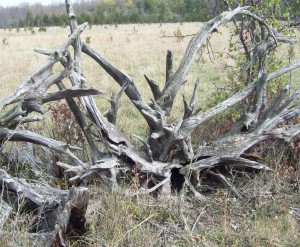 Yet there is still one fence that cattle won’t try.
Yet there is still one fence that cattle won’t try.

